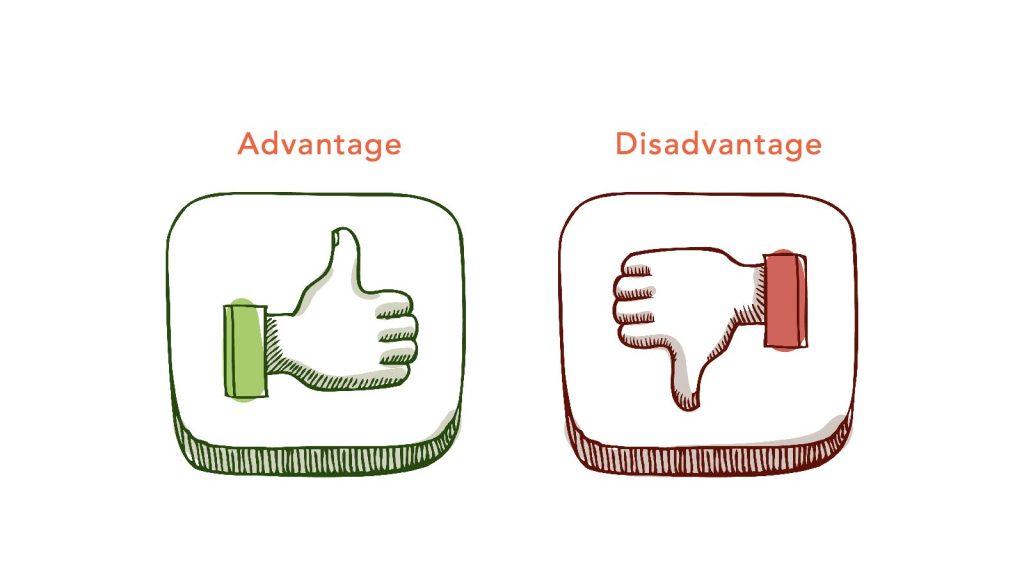What is File Transfer Protocol

File Transfer Protocol (FTP) is a standard network protocol used to transfer files between a client and a server over a TCP/IP network. It allows users to upload, download, delete, and manage files on remote servers.
Table of Contents
Key Features of FTP:
- Client-Server Model: FTP operates on a client-server architecture, where the client requests files and the server responds.
- Two Modes:
- Active Mode: The client opens a random port for data transfer, and the server connects back to the client.
- Passive Mode: The server opens a port and the client connects to it for data transfer, which is often used to bypass firewalls.
- Authentication: FTP typically requires a username and password for access, though anonymous FTP allows users to connect without credentials.
- File Management: Users can perform various file operations, such as uploading, downloading, renaming, and deleting files.
- Secure Versions: Variants like FTPS (FTP Secure) and SFTP (SSH File Transfer Protocol) add security features to protect data during transfer.
How Does FTP Work?
FTP works through a client-server model, allowing users to transfer files over a network. Here’s a simplified breakdown of how it operates:
1. Connection Establishment:
- Client: The user runs an FTP client software or uses a command-line interface to initiate a connection.
- Server: The FTP server listens for incoming connections on a specific port (usually port 21).
2. Authentication:
- The client sends a username and password to the server.
- The server verifies these credentials. If correct, the client gains access.
3. Mode Selection:
- Active Mode:
- The client opens a random port and sends the server that port number.
- The server then connects back to the client’s specified port for data transfer.
- Passive Mode:
- The server opens a port and informs the client of that port.
- The client connects to the server’s specified port for data transfer. This is often used to navigate firewalls more easily.
4. File Transfer:
- After a successful connection, the client can execute commands to manage files:
- Uploading: Transfer files from the client to the server.
- Downloading: Transfer files from the server to the client.
- Listing: View the files and directories on the server.
- Deleting/Renaming: Manage files on the server.
5. Data Transfer:
- Actual file data is transferred over a separate data connection (this is why two connections are established: one for commands and one for data).
6. Session Termination:
- Once the file transfer is complete, the client can issue a command to disconnect, closing both the command and data connections.
Security Considerations:
- Standard FTP: Transmits data (including credentials) in plaintext, which can be intercepted.
- Secure Versions: FTPS and SFTP encrypt the data, ensuring secure transmission.
What are Advantages and disadvantages of FTP

Advantages of FTP
- Ease of Use: FTP is user-friendly, with many FTP clients offering simple interfaces for uploading and downloading files.
- Batch File Transfer: It allows for the transfer of multiple files at once, making it efficient for managing large volumes of data.
- Resuming Transfers: If a file transfer is interrupted, FTP can resume it without restarting, saving time and bandwidth.
- Platform Independence: FTP is compatible with various operating systems, allowing seamless file transfer between different platforms.
- Automation: FTP supports automated scripts for regular file transfers, making it suitable for scheduled backups and other recurring tasks.
Disadvantages of FTP
- Security Concerns: FTP transfers data, including usernames and passwords, in plain text, making it vulnerable to interception unless secured with SSL/TLS (FTPS).
- Complex Configuration: Setting up a secure FTP server can be complex and may require additional configurations to ensure data safety.
- Lack of Encryption: By default, FTP does not encrypt data, posing a risk for sensitive information unless using secure variants like SFTP or FTPS.
- Firewall Issues: FTP requires multiple ports to be open, which can lead to issues with firewalls, making it challenging to configure and maintain.
- Limited Functionality: Compared to modern file transfer protocols, FTP lacks some advanced features, such as the ability to transfer large files efficiently over long distances or through unreliable networks.
Why Use FTP?
- Large File Transfers: FTP is ideal for transferring large files that might be too big for email.
- Batch Transfers: You can transfer multiple files at once, making it efficient for managing large amounts of data.
- Resume Capability: If your connection drops, FTP can resume a file transfer without starting over.
Drawbacks of FTP:
- Security Concerns: Standard FTP is not encrypted, meaning data, including login credentials, can be intercepted. Secure versions like FTPS or SFTP are recommended for sensitive data.
- Firewall Issues: FTP’s use of multiple ports can cause problems with firewalls, sometimes requiring passive mode to be used.
Alternatives to FTP:
- SFTP (SSH File Transfer Protocol): Uses SSH (Secure Shell) for encryption, making it more secure than FTP.
- FTPS (FTP Secure): Adds encryption to FTP using SSL/TLS, similar to how HTTPS secures web browsing.
Conclusion
FTP is a powerful and versatile tool for transferring files over a network. While it has some security concerns, its simplicity and efficiency make it a popular choice for many users. For secure file transfers, consider using SFTP or FTPS. contacting your hosting provider for FTP services ensures you can effectively manage file transfers, troubleshoot issues, and receive the necessary support to maintain smooth operations